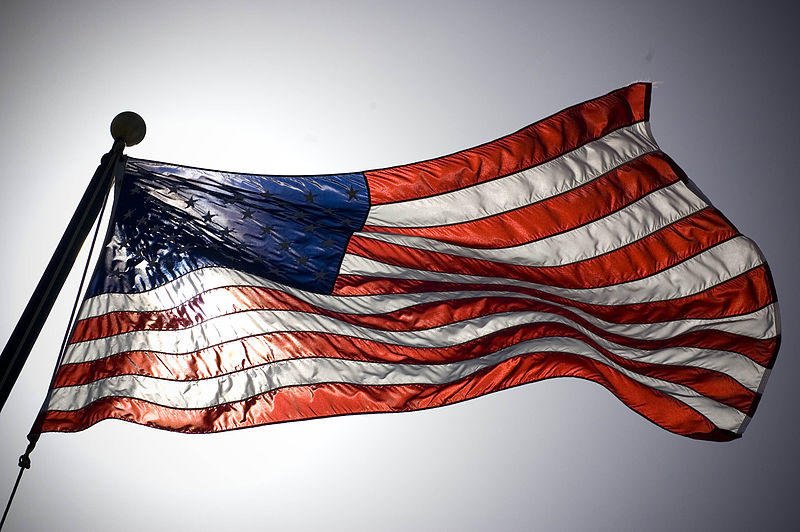Today we honor the American Flag. Do you know the background of this national observance?
Here are a few quick facts:
- Congress authorized the “stars and stripes” as the official national symbol of the United States on June 14, 1777.
- In 1885, a school teacher, Bernard Cigrand in Waubeka, Wisconsin, held the first recognized formal Flag Day observance at the Stony Hill School, by asking students to write essays about what the flag meant to them.
- In 1890, a group called “The Sons of the American Revolution” proposed a nationwide display of the flag on June 14th.
- 1909 is when the first Flag Day parade took place and was held in Fairfield, Washington.
- Pennsylvania was the first and only state to celebrate Flag Day as a state holiday and began celebrating the observance on June 14, 1937.
 President Woodrow Wilson, issued a proclamation in 1916 establishing Flag Day as an annual national observation, but Congress didn’t officially establish Flag Day until August of 1949.
President Woodrow Wilson, issued a proclamation in 1916 establishing Flag Day as an annual national observation, but Congress didn’t officially establish Flag Day until August of 1949.- Theodore Roosevelt tapped a man with a stick when he thought he saw the man displaying an unpatriotic act of blowing his nose in the American flag. Shortly, Roosevelt realized it was a blue cloth with stars on it.
The American Flag is created with a lot of symbolism:
- Stars – the 50th star was added to the US flag in 1960 after Hawaii became the 50th state of the United States in 1959.
- Stripes – There are 7 red stripes and 6 white stripes. Originally, a stripe was added for each new state but as more and more states joined the union it was decided to keep the 13 stripes to honor the original 13 colonies.
- Red stripes symbolize valor and bravery; the white stripes symbolize purity and innocence; and the blue behind the stars symbolizes vigilance, perseverance and justice.





